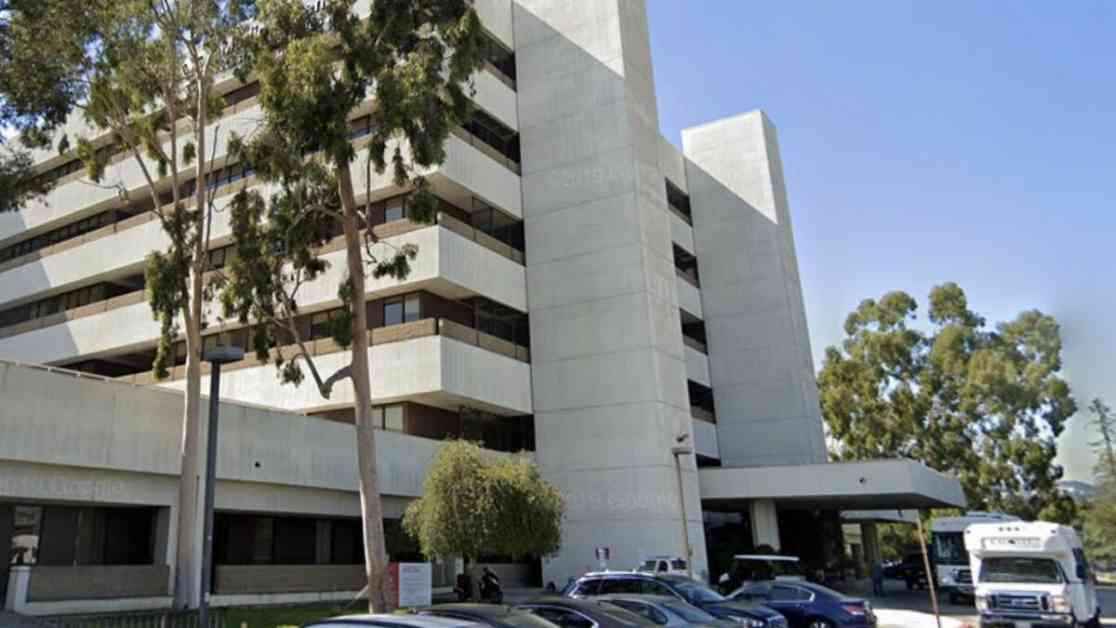President Trump just signed an executive order on Friday telling the Department of Veterans Affairs to make a center for homeless veterans on the West Los Angeles campus. The goal is to house up to 6,000 homeless veterans at the center, which Trump called the National Warrior Independence Center. He also told federal agencies to redirect funds from housing and services for illegal aliens to build and keep up the center. VA Secretary Doug Collins has to make a plan to create the housing by Jan. 1, 2028. Trump also asked Collins to look into things like longer office hours, weekend appointments, and more virtual healthcare.
There’s a lot of homeless veterans in America, according to the order. It says that every veteran should be thanked but the government hasn’t always treated them like heroes. As part of the plan, Trump wants the secretary of Housing and Urban Development to talk to Collins about using vouchers to help homeless veterans in Los Angeles and across the country. The HUD-Veterans Affairs Supportive Housing program gives veterans vouchers they can use for housing on the campus or in rentals in the area. But there have been problems with delays and landlords not wanting to accept the vouchers. In 2024, the VA Greater Los Angeles Healthcare System said there were 8,453 vouchers available but only 62% were being used.
This all comes at a time when the Trump administration wants to cut VA staff, causing a lot of trouble in the healthcare system. Rep. Chris Deluzio thinks this is dangerous for veterans. There’s been an investigation that shows these cuts could be really bad.
There’s been a lot of legal stuff going on with the VA’s management of the campus, too. A decision is coming soon from the U.S. 9th Circuit Court of Appeals about a judge’s ruling that the VA didn’t do its job in providing housing for veterans. The judge said the VA had to make about 100 units of temporary housing on the campus and more than 2,000 units of permanent and temporary housing. The VA doesn’t like this decision, saying it’ll hurt other services for veterans.
But veterans are hopeful about Trump’s order. They think it’s a good step in the right direction. Rob Reynolds, an Iraq war veteran, thinks it’s a big win. He’s happy to see more housing being planned. The Veterans Collective, a group building housing on the campus, is excited about the plan, too. They hope to finish 1,200 units by the end of Trump’s term.
Another veteran, Anthony Allman, isn’t as sure about the order. He thinks it’s a good start but there’s more that needs to be done. He wants to see more than just housing for veterans. He wants a whole community of services for them.
Trump’s order talks about the history of the campus, saying it used to be a great place for veterans but has gone downhill. The government let private companies use parts of the land for cheap. The order also wants a plan to expand a VA medical center in New Hampshire to a full-service center. New Hampshire is the only state without one.
In a nutshell, Trump’s order wants to help homeless veterans, expand services, and fix up a historic place for veterans. It’s a big task but many veterans are hopeful that it’ll make a difference in their lives.


